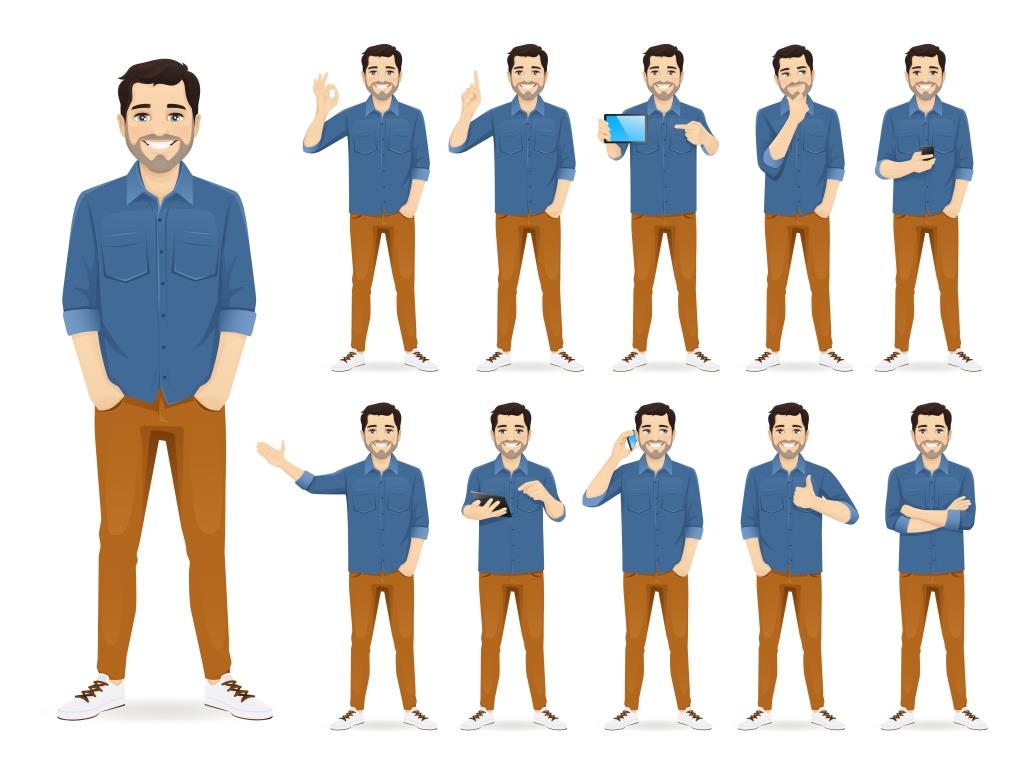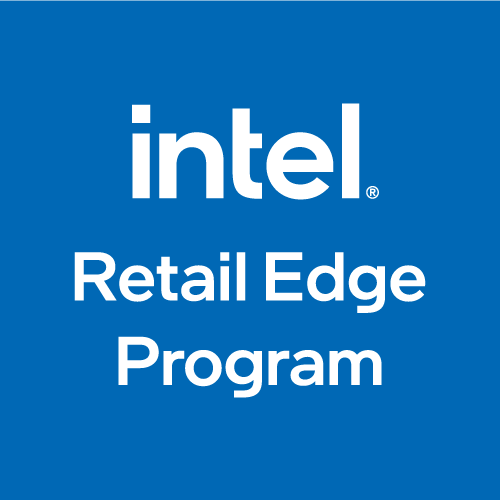4/21/21

A detailed understanding of customer behavior isn’t only derived from data. In-store, one-on-one interactions between associates and customers reveal essential information. The body language exhibited during these interactions can be quite telling.
Some look only to provide tools and tips for the body language needed by associates when talking with customers. Flipping this coin is equally important. The customer’s body language provides your sales team with valuable insights into their likely attitudes and thought processes.
Here are few body cues to have your associates be aware of when interacting with customers on the salesfloor.
Eye contact is generally the first sign indicating whether someone is engaged. If the customer isn’t looking at you, chances are, they aren’t listening closely either.
One exception to this is if they are looking at a particular product while speaking with the associate. In this case, the associate should take note of the product. It is an excellent non-verbal indicator of what is of interest to the customer and introduces an opportunity to ask specific questions.
Holding eye contact too long may indicate a customer feels uncomfortable and is attempting to overcompensate. Giving extra space to shoppers who exhibit signs of discomfort is a positive step toward accommodating different styles and preferences.
Mirroring the body language of someone indicates a degree of understanding and agreement. Associates should be aware if customers are mirroring their body language when discussing specific laptops or desktops. This can include matching the posture, facial expression, or gestures. These movements can be an indication that the customer is significantly interested in a particular product.
In contrast, opposing or closed-off body language maybe be a sign of disagreement or reluctance regarding the topic of discussion. Suppose sales associates notice customers crossing their arms, moving farther away, closing their body stance, etc. In that case, these actions can indicate they need to move on to an alternative option or topic.
Many of us can relate to the act of fidgetiness. We tap our feet, drum our fingers, or exhibit some other continual little motions.
Fidgeting is one of the easiest body language cues to notice because it calls attention to itself. Fidgety customers might be bored, anxious, confused, or annoyed. Associates should find ways to help these customers relax and re-engage. Perhaps they can ask questions, use simpler terms to explain the technology, or offer other products for consideration.
Many smaller body language movements are easy to miss during conversations with customers. A few top body cues associates should be on the lookout for include:
These smaller body actions can help determine customers' thought processes and the best strategies for addressing their needs and concerns.
Asking direct questions also provides added insights into the way your customers think. By identifying their most important priorities and providing in-depth information on the products and services most likely to fulfill their needs, your associates achieve greater success in creating more personalized customer experiences.
Understanding body language is critical to the success of any salesperson. Yet, it is often overlooked in employee training. Ensure your associates can easily recognize and interpret body language cues from customers. Doing so creates better customer experiences and more chances to close sales.
Encourage your sales associates to participate in the Intel® Retail Edge Program to learn more about the desktops and laptops powered by Intel, along with valuable sales tips. They’ll acquire the knowledge and skills necessary to provide engaging and successful customer engagement experiences.
You can find out more information here.
Notices and Disclaimers
© Intel Corporation. Intel, the Intel logo, and other Intel marks are trademarks of Intel Corporation or its subsidiaries.
Other names and brands may be claimed as the property of others.
